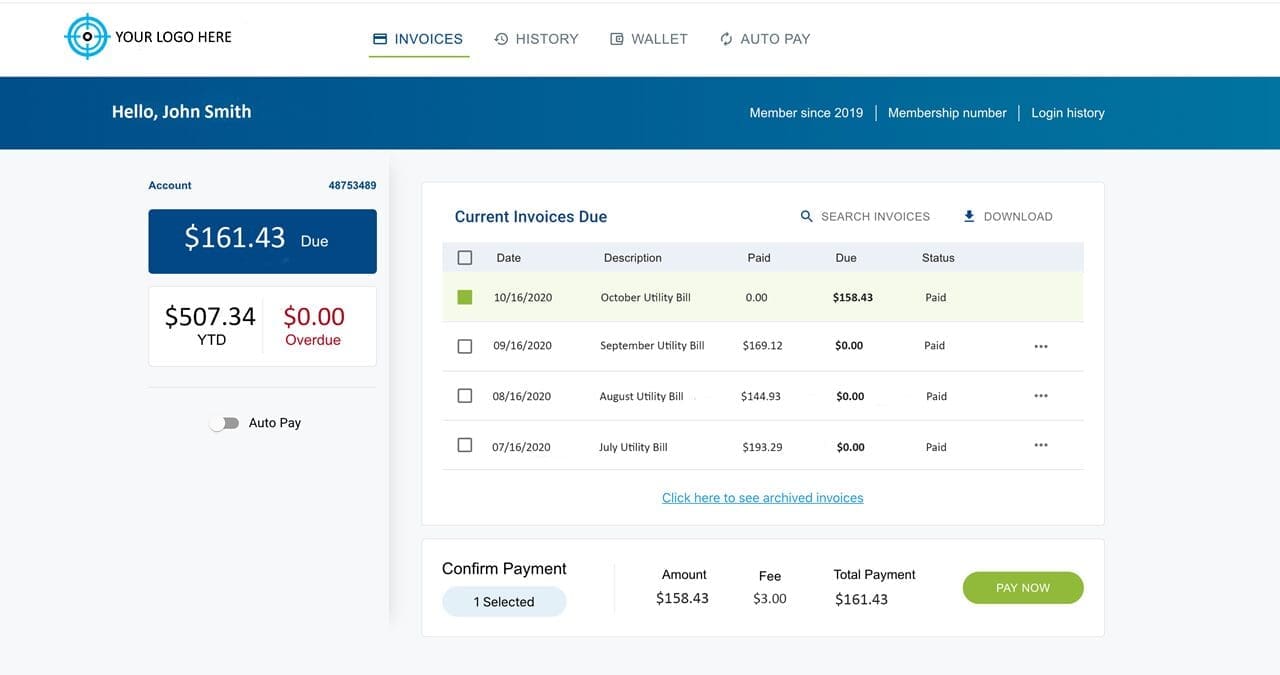Stored Payment Data Convenience Wins
The rise of online shopping has made inputting and managing sensitive payment information a constant concern for most consumers. For any given transaction, they must choose between using stored payment credentials and entering these details manually, with various perceived trade-offs influencing their decision. Needing to manually enter card data at checkout is a such source of irritation and friction that more than half of consumers, despite security concerns, are choosing to store their payment information with merchants.
PYMNTS’ data shows that consumers primarily choose to store their payment information because this facilitates a convenient checkout experience. Specifically, 56% of consumers opted to store their payment data because it provides an easier checkout process, given that it is more convenient than manually entering information. A higher share of respondents who use a merchant’s website or app to store credentials cited convenience as a reason, compared to those who use browsers or digital wallets.
The findings come from the new study “How We Pay Digitally: Stored Credentials Edition,” a PYMNTS and Amazon Web Services collaboration, which asked over 2,100 U.S. consumers why they use stored credentials, and how doing so is making transactions smoother.
“PYMNTS’ latest research found that 80% of online shoppers used stored credentials, while just 18% exclusively entered their information manually. Storing payment information on merchants’ or marketplaces’ websites and apps represents the most popular method, used by 60% of respondents, followed by enabling browsers to store and auto-populate payment fields at 46% and using digital wallets at 39%,” the study states.
Storing payment information on merchants’ or marketplaces’ websites and apps represents the most popular method, used by 60% of respondents, followed by enabling browsers to store and auto-populate payment fields at 46% and using digital wallets at 39%. Consumers use stored credentials across a variety of products and services.
- Paid subscriptions 78%
- Household services 67%
- Monthly bills 66%
- Retail products 66%
- Groceries 63%
- Mortgage or rent 61%
- Restaurants 62%
- Travel services 56%
For all but one segment, higher shares of consumers used stored credentials than manually entered information, although most consumers utilized both.
Across All Ages and Income Brackets
The PYMNTS research also found that across every age band and income bracket, most online consumers opt to store payment data. 56% of Consumers Store Card Data for Easier Checkout with nearly nine in 10 bridge millennials and millennials do so, at 89% and 88%, respectively, while baby boomers and seniors use stored credentials least frequently.
Similarly, 84% of those earning at least $100,000 per year use this method, as do 80% of online shoppers earning between $50,000 and $100,000 per year. Seventy-six percent of respondents annually earning less than $50,000 store payment credentials, making them the least likely income bracket to adopt this method.
For more information on IntelliPay, and how we make it easy for merchants and consumers to securely store their card data for fast and convenient check out every time.
IntelliPay proudly shares the post – 56% of Consumers Store Card Data for Easier Checkout
Source: https://www.pymnts.com/wp-content/uploads/2022/11/PYMNTS-How-We-Pay-Digitally-November-2022.pdf


